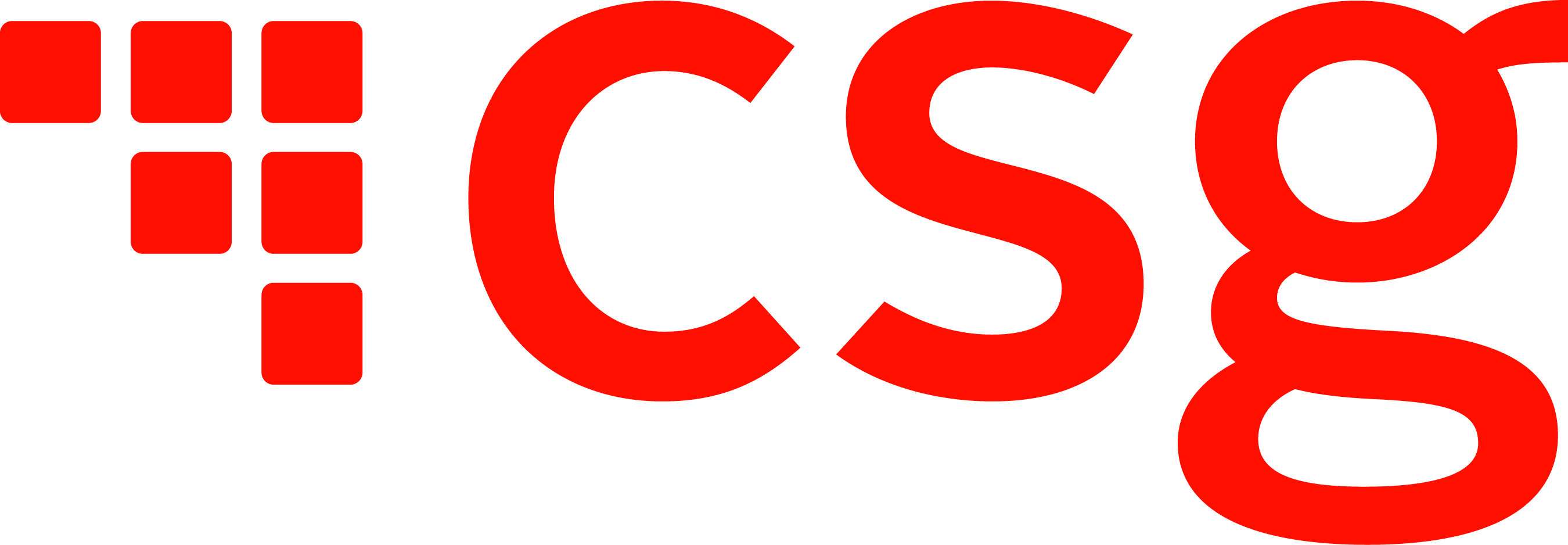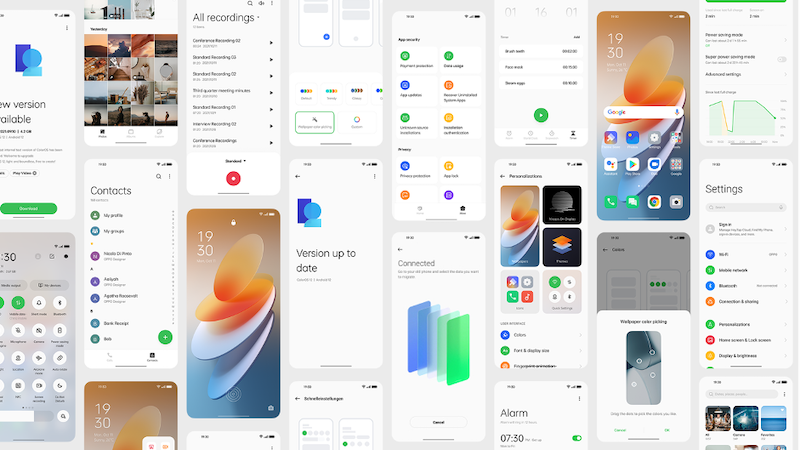 News Release
News ReleaseVerizon Climate Resilience Prize to Further Innovation for Tech-Based Climate Solutions
Verizon
NEW YORK, October 26, 2021 /3BL Media/ - Verizon today announced the launch and open application period of its inaugural Climate Resilience Prize, in partnership with GreenBiz and the Adrienne Arsht-Rockefeller Climate Resilience Center, to recognize and propel climate resilience solutions that have proven results and are ready to scale and positively impact communities. With an award pool of $500,000 divided among three winners, the Climate Resilience Prize will seek to recognize in-market solutions that are innovating to reduce climate change’s impact on at-risk communities. This initiative is part of Citizen Verizon, the company’s responsible business plan for economic, environmental and social advancement. “At Verizon, we're working to innovate next-gen solutions to help address climate change impacts and leave the world better than we found it,” said Rose Stuckey Kirk, Chief Corporate Social Responsibility Officer for Verizon. “We know it’s going to take a network of innovators to develop the solutions we need, and this Climate Resilience Prize is one way in which we can propel game-changing ideas with proven results to scale, so everyone has an equitable chance to thrive as climate changes.” Applications officially opened today at GreenBiz’s VERGE 21 Conference and will close on November 30, 2021. Three winners will be announced at the GreenBiz 22 annual conference in February. A judging panel consisting of industry experts will select a winner in each prize category: next-gen tech solutions, frontline community-led solutions, and nature-based solutions. The Climate Resilience Prize application is exclusive to innovators that have demonstrated results in a real world application, been active in the market and are ready to scale their solution upon consideration. Interested participants can apply now at www.greenbiz.com/verizon-prize. The launch of the Verizon Climate Resilience Prize follows the recent announcement of the company’s third $1 billion green bond, the net proceeds of which are expected to be allocated entirely toward renewable energy. Verizon is now a leading corporate buyer of renewable energy in the U.S., entering into fourteen VPPAs totaling nearly 1.9 gigawatts (GW) of renewable energy capacity. In addition to its commitment to net zero operational emissions by 2035, the company also recently announced that by 2030 its solutions are expected to help avoid 20M metric tons (MT) of CO2e annually. In April, Verizon launched the Forward for Good Accelerator, aimed at driving meaningful social change through leading-edge technologies, such as 5G, MEC, AI and XR. This social impact innovation program focuses on start-ups with emerging solutions to pressing social impact issues. The first cohort focused on advancing climate justice for populations who disproportionately bear the impacts of climate change, and includes solutions that provide early wildfire detection and mapping services, and a hurricane warning venture that deploys radar weather satellites to measure wind over the ocean. The second cohort is currently accepting applications through November 8 on disability innovation - to help scale technology solutions that will empower individuals with disabilities to live more independent lives and/or remove barriers for those with disabilities. Startups accepted into the 16-week program can access a wealth of resources provided by Verizon, including $50,000 in funding, to scale their leading-edge technology solutions and mentorship from leading subject matter experts. To learn more about Verizon’s climate protection efforts, visit CitizenVerizon.com. About Verizon Verizon Communications Inc. (NYSE, Nasdaq: VZ) was formed on June 30, 2000 and is one of the world’s leading providers of technology and communications services. Headquartered in New York City and with a presence around the world, Verizon generated revenues of $128.3 billion in 2020. The company offers data, video and voice services and solutions on its award-winning networks and platforms, delivering on customers’ demand for mobility, reliable network connectivity, security and control. Citizen Verizon is the company’s responsible business plan for economic, environmental and social advancement. Citizen Verizon empowers Verizon to deliver on its mission to move the world forward through action by expanding digital access and resources, protecting the climate, and ensuring people have the skills needed for jobs of the future. Through Citizen Verizon, and the key pillars of Digital Inclusion, Climate Protection and Human Prosperity, the company is committed to providing 10 million youths with digital skills training by 2030, supporting 1 million small businesses with resources to help them thrive in the digital economy by 2030, achieving net zero emissions in its operations by 2035, and preparing 500,000 individuals for jobs of the future by 2030. Learn more at CitizenVerizon.com. Media contact: Bernadette Brijlall bernadette.brijlall@verizon.com View additional multimedia and more ESG storytelling from Verizon on 3blmedia.com
October 26, 2021 01:01 PM Eastern Daylight Time
Image





